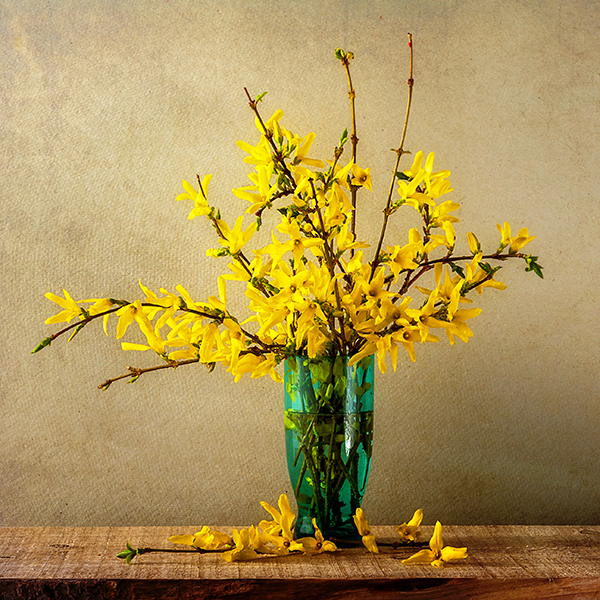
Logic tells us that hours of daylight actually began increasing just after Christmas time, albeit only incrementally at first. But from an emotional viewpoint, daylight deficiency this time of year makes us rather wearisome as we are deprived of sufficient opportunities to be outdoors. And this year is particularly frustrating with the cold, our persistent deep snow-cover and Covid concerns.
Major morale-boosters in past years were always the Spring Flower Shows, enabling us to preview upcoming seasonal pleasures. But unfortunately now, most of these events are canceled or being conducted only virtually, so we can’t experience the same fragrance, colors and delight of being there. But if you have some early-blooming plants growing in your yard, all may not be lost; creating your own floral display indoors is a practical possibility, and it’s pretty simple to do.
“Forcing” is the term that describes the process that coaxes plants to break their dormancy and initiate their growth cycle in advance of their normal season, inducing them to leaf out and their flowers to open. Nurseries usually force entire plants for their Flower Show displays; for most homeowners, this is not only impractical but re-establishing the plant in the garden would be complicated. Cut branches can be just as successfully forced without causing damage to your plants.
The ideal types of branches to force are from those plants that naturally bloom early each spring in your garden, particularly witch-hazel (Hamamelis x intermedia cvs.), forsythia, cornelian cherry (Cornus mas), Lenten rose (Helleborus) and February daphne (Daphne mezereum); you may notice some of these already swelling their buds in your yard on warmer days. Additional possibilities include Andromeda (Pieris), red maple (Acer rubrum) and shadbush (Amelanchier).
The best time to force for indoor flowers is after the plant’s dormancy requirements have been fulfilled, generally mid-February in Hopkinton. Choose an above-freezing day and select branches that display prominent flower buds. Use sharp shears, cut from a part of the plant that won’t compromise its upcoming “normal” flower display and consider how the branch will be displayed in your vase. Bring indoors, fill your container with water, arrange and trim the branches to an appropriate length and set the vessel in a bright location at room temperature.
Flowers should begin to emerge in a few days to a week or more. Your actual results will depend upon the type of plant, stage of dormancy, room temperature, light conditions and other factors. Once in bloom, flowers may last a few days or much longer, depending upon similar factors.
You may also want to try forcing plants that bloom a bit later in spring, including early rhododendrons (like PJM), early magnolias, flowering cherry (Prunus) and spicebush (Lindera). If you wait until late March, flowering dogwood (Cornus florida) and wisteria may also be successful.
This has been a particularly challenging winter for many of us, physically and emotionally. Creating a preview of spring in your home with forced branches might be just what we need to cheer us!









